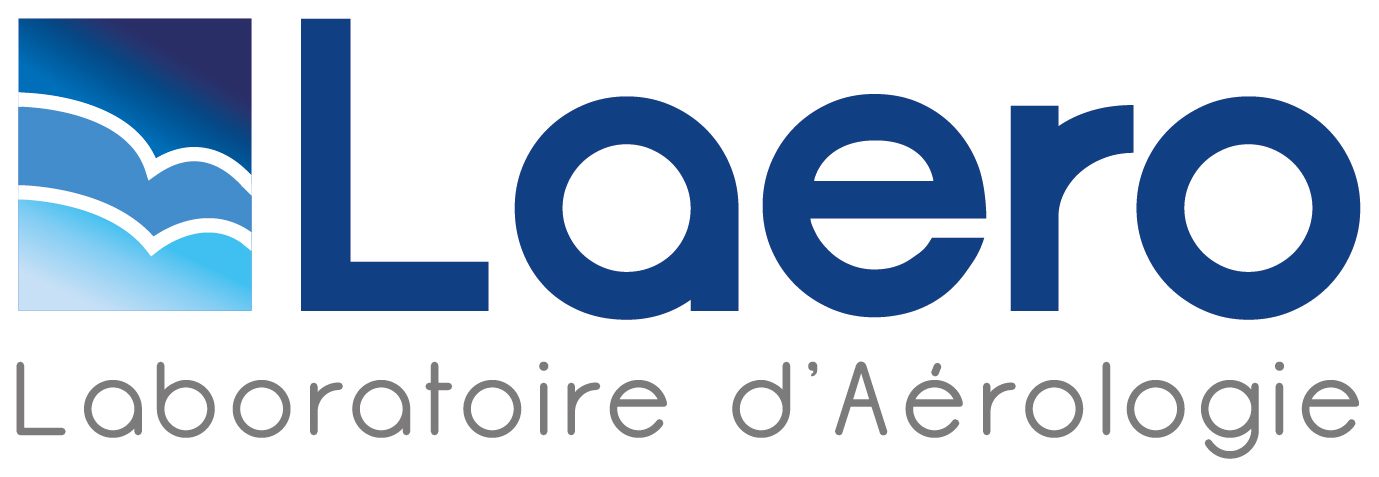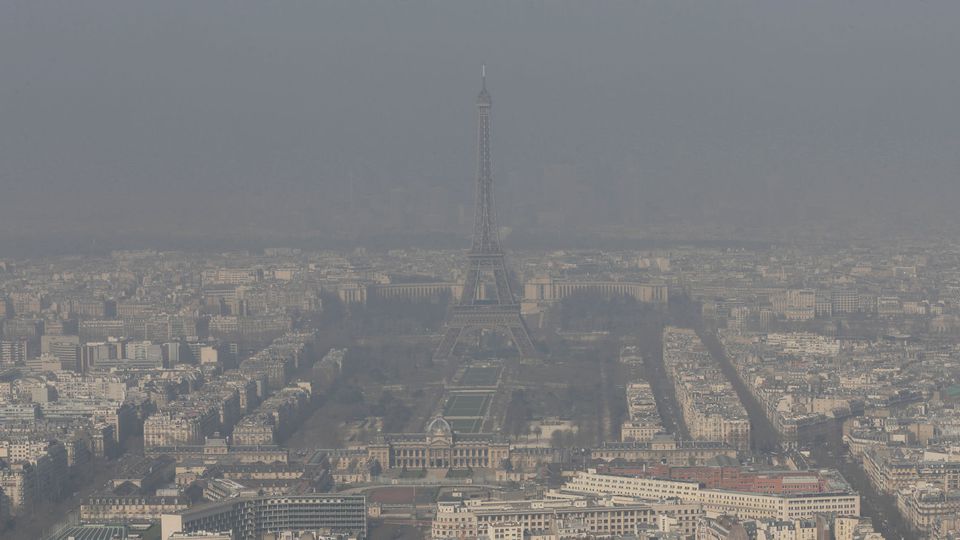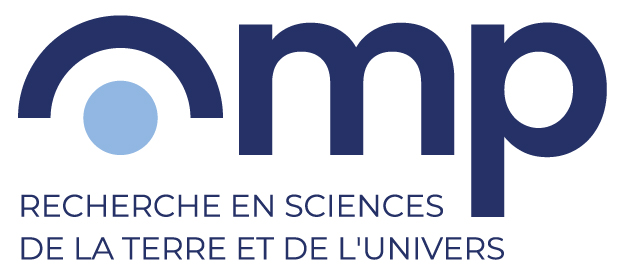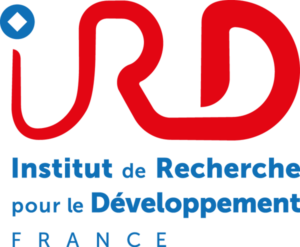Séminaire R Subramanian
Monitoring air quality in urban areas and data-sparse regions with low-cost sensors
R Subramanian <subu@lisa.u-pec.fr, subu@cmu.edu>
Citizen awareness of air pollution is on the rise and hyperlocal data is
necessary to guide personal behavioral changes to reduce individual exposure.
However, traditional air quality monitoring networks in urban areas are sparsely
distributed, as the instruments are capital-intensive, need frequent maintenance, and
often require costly air-conditioned shelters. In many parts of the world, particularly in
African countries, there is no air quality monitoring at all.
Low-cost, low-power sensors for major air pollutants like fine particle mass
(PM 2.5 ), ozone (O 3 ), nitrogen dioxide (NO 2 ), carbon monoxide (CO), sulfur dioxide
(SO 2 ) can be used to map air pollution across a city with high spatial and temporal
density and to fill in the air quality data gap in data-sparse regions. The Real-time
Affordable Multi-Pollutant (RAMP) monitor incorporates Alphasense electrochemical
sensors for gases and measures PM 2.5 with a nephelometer. Machine learning
algorithms applied to the gas sensors have resulted in data quality that matches US
EPA guidelines for hotspot identification and/or supplemental monitoring for NO 2 ,
CO, and ozone. Low-cost optical nephelometers were collocated with regulatory-
grade beta attenuation monitors (BAMs) and corrected to BAM-equivalent PM 2.5
measurements using either a physical model that uses information about aerosol
chemical composition or empirical fits. Both methods were found to perform similarly,
with uncertainties of ~4 μg/m 3 for 1-hour data and ~1 μg/m 3 for seasonal or annual
averages, which correspond to 40% and 10% of typical annual average PM 2.5 in
Pittsburgh, PA.
About 50 RAMPs deployed in Pittsburgh, Pennsylvania, USA for over a year
show that nearby industrial facilities can increase PM 2.5 by as much as 40% in some
city neighborhoods. Four RAMPs deployed in San Juan, Puerto Rico, USA after
Hurricane Maria damaged the electricity grid and rendered the local regulatory
network inoperable showed significant increases in SO 2 that are likely related to
widespread use of backup generators. RAMPs deployed in Kigali, Rwanda, for 16
months revealed that dry season PM 2.5 is significantly greater than wet season
pollution due to regional sources, reducing the local contribution (likely vehicles and
residential biofuel use) from about half in the wet season to about one-fourth in the
dry season.
Through the MOPGA project “Make Air Quality Great Again”, RAMPs have
recently been deployed in Niamey, Niger; Accra, Ghana; and Nairobi, Kenya with
plans for Kigali, Rwanda; Johannesburg, South Africa; and Abidjan, Côte d’Ivoire.
The deployments thus far reveal morning and evening spikes in combustion-related
pollution. The African deployments also emphasize the need for local calibrations oflow-cost sensor data based on collocations with traditional reference-grade monitors
or with passive samplers (widely used at INDAAF sites) to ensure best data quality.
Speaker bio:
R Subramanian has a PhD in Mechanical Engineering from Carnegie Mellon University
(2004), followed by postdoctoral stints at the University of Illinois at Urbana-
Champaign and Droplet Measurement Technologies (Boulder, Colorado, USA) where
he continued as a research scientist through 2011. He worked at RTI International
(RTP, North Carolina, USA) for a year before returning to CMU in 2013 as a research
scientist in the Center for Atmospheric Particle Studies. His research includes source
apportionment of ambient aerosol, studies on black carbon emissions and
atmospheric aging, methane leakage from natural gas facilities, and most recently, the
development and use of lower-cost air quality monitors. Since November 2018, he has
been a MOPGA laureate at OSU-Efuve, studying intra-urban variations in air pollution
and flling in air quality data gaps worldwide using low-cost sensors as part of the
project « Make Air Quality Great Again ».








